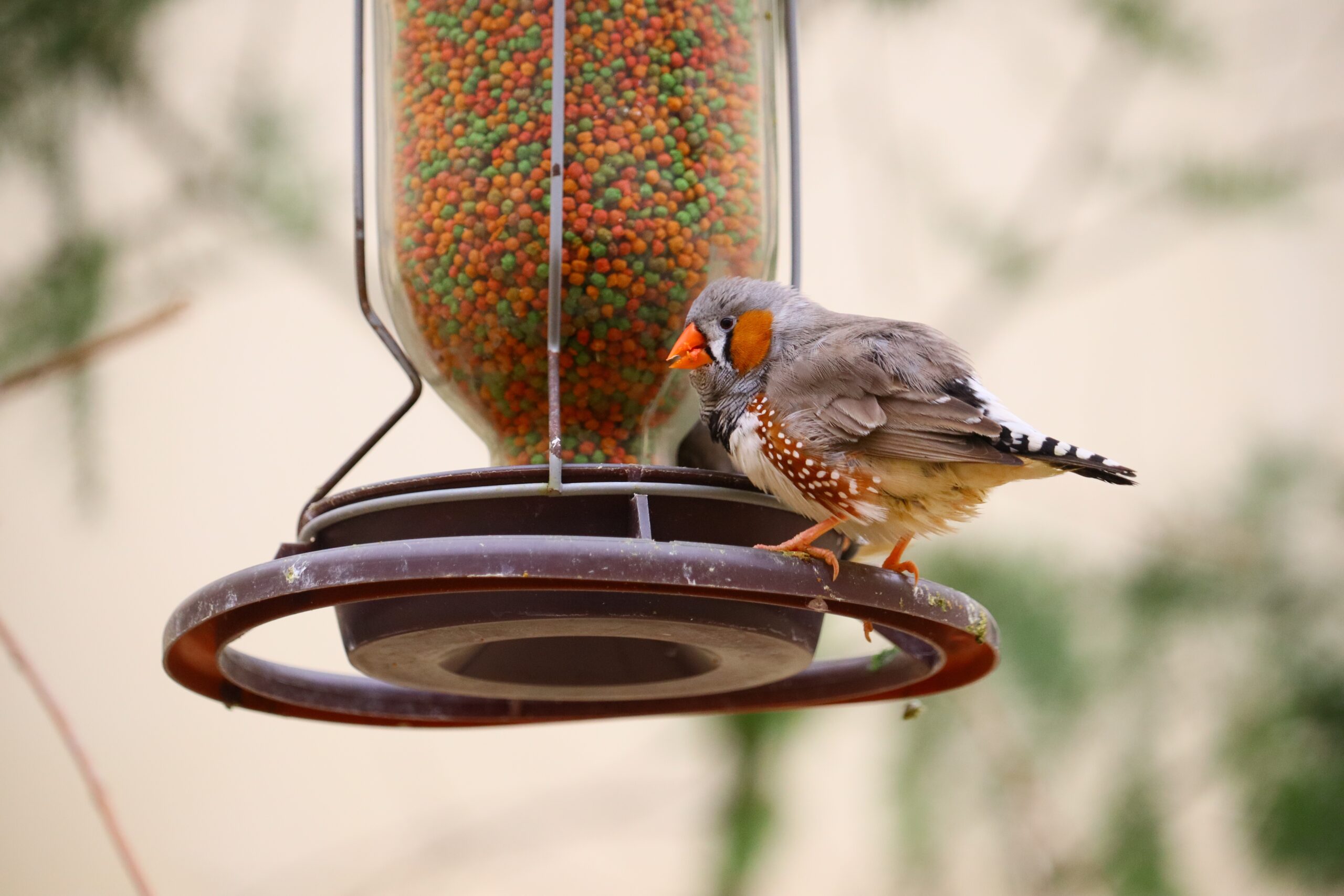- FOOD
Ultimate Guide to Perfect Hanukkah Latkes


Timing is crucial when it comes to attracting hummingbirds to your backyard. Understanding when to put hummingbird feeders out can significantly enhance your chances of welcoming these beautiful creatures. This article provides practical guidance on the best times to set up feeders, taking into account migration patterns, regional differences, and essential maintenance tips.
The arrival of hummingbirds is closely tied to their migration patterns. These tiny birds travel long distances, often crossing vast regions to find suitable feeding grounds. Setting up your feeders too early or too late can mean missing out on their visit. Proper timing ensures that when hummingbirds arrive, they find a reliable source of food waiting for them, which can help them replenish their energy after long migratory flights.
Hummingbirds typically migrate north in spring as temperatures rise and flowers begin to bloom. The timing of this migration can vary based on species and geographical location. For example, Ruby-throated Hummingbirds, the most common species in North America, usually migrate from Central America to the eastern United States around mid-March to early April. Understanding these patterns allows bird enthusiasts to anticipate their arrival and prepare accordingly.
Different regions experience varying migration timings. Here’s a breakdown of when to set up feeders in three key areas:
In the Northeast, hummingbirds generally start to arrive around mid-April. It’s advisable to put out feeders by the first week of April to ensure they are ready when the birds arrive.
In the Midwest, the migration typically begins a bit later, around late April to early May. Setting feeders out by mid-April will attract any early arrivals and ensure a steady food supply.
In southern and western regions, hummingbirds may arrive as early as mid-March. To be safe, place your feeders out by early March, allowing you to catch the first wave of migrating birds.
Being observant can help you gauge when to expect hummingbirds. Here are some signs that indicate their return:
Preparation is key to attracting hummingbirds. Follow these steps to ensure your feeder is ready:
Even seasoned bird enthusiasts can make mistakes when it comes to hummingbird feeders. Here are some common pitfalls and how to avoid them:
Attracting hummingbirds to your backyard is a rewarding endeavor that requires careful timing and preparation. Here are the key takeaways:
By following these guidelines, you can create a welcoming environment for hummingbirds, enhancing your backyard experience while supporting these remarkable migratory birds.